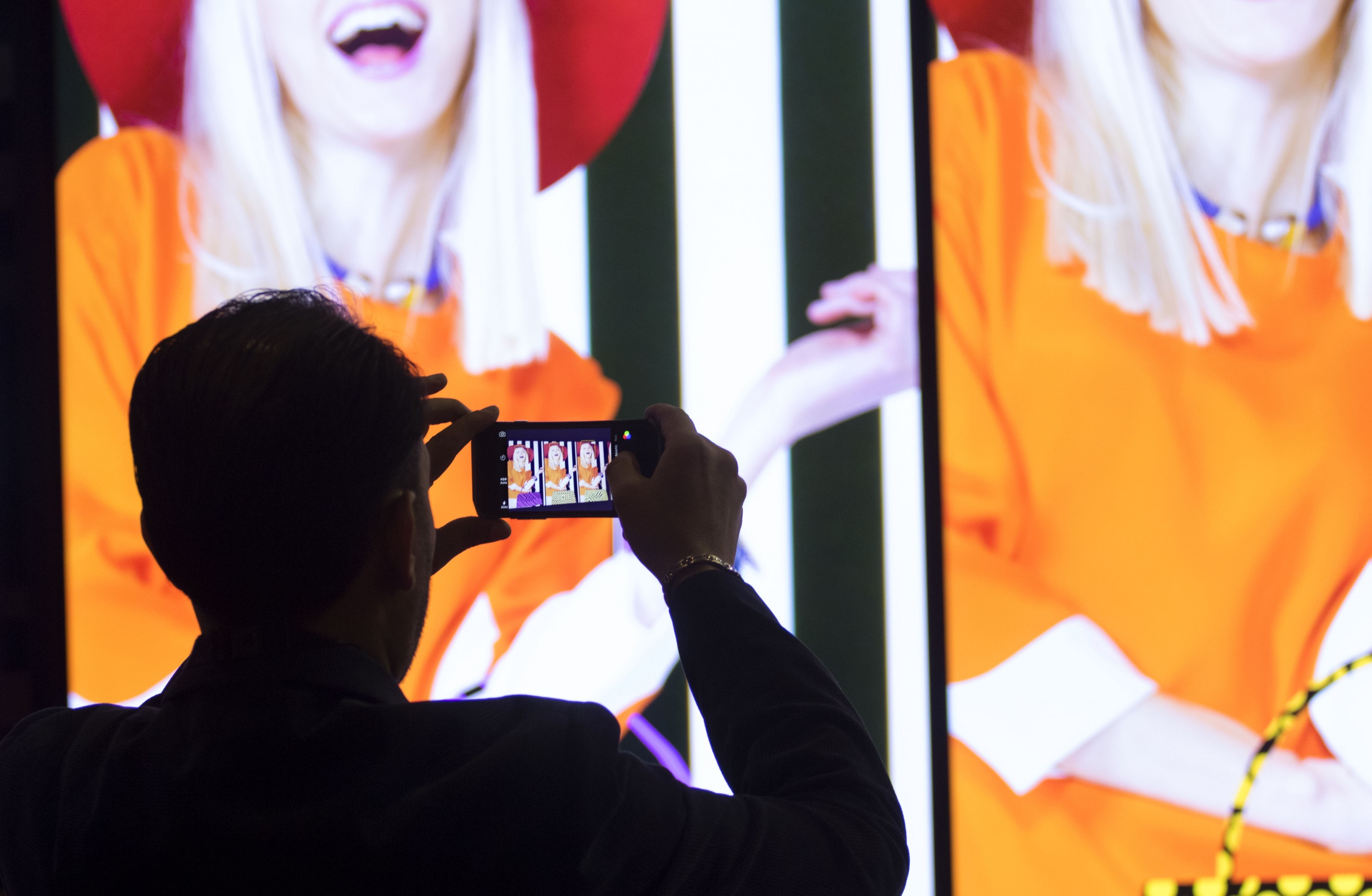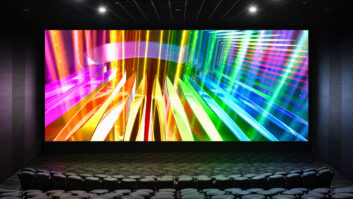
Inpart one we looked behind the latest advances in 4K technology to consider the hurdles to deployment. Here we present the debate over the timeline to 4K becoming an industry standard and reveal how some industries are already demanding higher resolution displays, writes Ian McMurray.
What everyone is really excited about is 8K – even though all the challenges associated with 4K have not yet been solved (challenges that, for the most part, will only become tougher with 8K). Sharp had 8K screens at ISE, and AV Stumpfl launched an 8K version of Wings Engine Raw. Does anyone really need all these pixels?
The answer is yes. For sure, there are applications that can almost never have enough resolution. The question is: are there enough of them?
“There are certainly some industries that demand higher resolution displays,” says Virginia Cheng, director of business line management, Europe Region at BenQ. “For example: medical, the surveillance industry, VMS, the high-end camera industry and so on.”
“However,” she goes on, “these are very small markets. 8K’s success will rely on the TV market to be successful and today, there’s not even much broadcast 4K content. Without the volumes that come from the consumer market, it’s hard to see how 4K and 8K will challenge 2K any time soon.”
Thomas Walter, product manager – public display solutions at NEC Display Solutions Europe, is highly enthused by the opportunities he sees and is convinced that 4K will be the industry standard resolution in a year or two.
“There are many markets that are desperately looking for visual solutions in ultra-high resolution,” he claims. “We are working closely with customers requesting the ultimate quality for applications like CAD/CAM technical design, control room, simulation, videoconferencing, digital cinema projection, post-production, rental and staging and healthcare. Other vertical markets will enjoy the benefits of pixel-free viewing as soon as they don’t have to pay a huge premium for it. They will be on board as soon as the critical price points are reached, which is just a matter of time.”
The content challenge
Panasonic also believes in the 4K opportunity – but with a reservation. “The hardware for 4K is there now,” claims Enrique Robledo, Panasonic’s European marketing manager. “Panasonic has one of the widest 4K product portfolios. Our 4K world stretches from 4K cameras, camcorders and TVs for consumers to large-format 4K displays, 4K security cameras, 4K projectors, 4K broadcast cameras and 4K tablets for business.”
“But,” he continues, “there remains a challenge in terms of the lack of content and its distribution. At the moment, production houses filming in UHD are working with far more data. The challenge of moving, storing and editing this data is time-consuming and costly, making it difficult to justify.”
NEC’s Walter sees the situation similarly. “The move to 4K resolution is a logical evolution in the quest to achieve the perfect visual experience, comparable to when the market moved to Full HD, which we now consider the standard,” he says. “NEC has won many customers with its broad range of UHD products, offering early adopters the chance to experience and deliver this new level of excellence. Just as with previous developments, the hardware will start and then the content will follow. As soon as content becomes available in 4K/UHD, the transition will be complete.”
Others believe that sophisticated compression algorithms means that 4K content files are not significantly larger than their 4K equivalents – but that provokes a different discussion.
“Whatever technology we use to create better images,” says Tobias Stumpfl, CEO at AV Stumpfl, “they become virtually useless if video codecs are used to compress the content since these take away image information – resolution and colour.”
Walter believes 4K is a year or two away. Franck Facon, marketing and communications director at Analog Way sees it becoming widespread in the 2016-2020 timeframe. Fliss believes it will become the de facto industry standard resolution in about five years – by which time, if everything goes according to plan, the Tokyo 2020 Olympics will have been broadcast in 8K…
Inevitably, much of the discussion about 4K and 8K revolves around flatpanel displays. There are many who believe that, below a certain screen diagonal, the difference between 2K and 4K can be hard to perceive – and the same holds true at even larger screen sizes for 8K. As many acknowledge: the importance of resolution is relative to screen size and viewing distance. It’s probably significant that the 8K displays that have been demonstrated so far have all been substantial screens: Sharp’s 85in at ISE, and LG’s and Samsung’s 98in TVs at CES.
Already established
Where larger screen sizes have become the norm, Cheng believes that 4K has already established itself.
“4K is already the standard for 84in interactive flatpanels,” she claims, “ and will soon be the standard for 75in versions.” She goes on to describe her belief that 4K will soon become widely available in projectors as their price point approaches that of today’s 1080p models.
It is certainly the case that, for large images, projectors have significant practical advantages – and as such, 4K resolution seems to have a practical justification: additional pixels will certainly count for something (although it’s worth recalling that digital cinema launched at 2K resolution, yet was still capable of delivering images almost indistinguishable from film to even the largest screens).
Koen Van Belle, product manager, projection at Barco, brings some sanity to the discussion. “With increases in resolution, there comes a point where the human eye is the limiting factor,” he says. “When you get to the point where those with the best visual acuity – such as pilots using flight simulators – can’t see the difference, resolution has probably come far enough.”
“Resolution is,” he smiles, “one of the elements that contribute to creating the perfect image – one that is so realistic, it is indistinguishable from reality. In order to achieve that, all pieces of the image quality puzzle need to fall into place.”
Picture courtesy of Paul Box
Analog Way
AV Stumpfl
Barco
BenQ
NEC Display Solutions
Panasonic
tvONE







